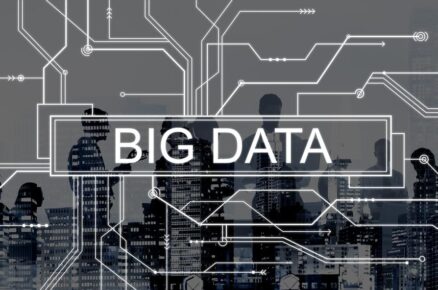Medical analytics have the potential to radically change health care worldwide. As the sector shifts to a valuation-based delivery system, the use of analytics in health care is gaining attention. Hospitals and medical systems are seeking the ability to recognize patient activity, improve efficiency, and reduce the physician and the client’s level of commitment. That’s where the equation enters analytics. Predictive analytics enables hospitals and medical structures to use technology and methodologies to obtain insights from large amounts of data to help inform patient, prospect & population relationships.
AIMA analysis
As per a study conducted by the American Medicals Informatics Connection (AMIA), The Upcoming Government of Clinical Data Takedown and Documents, global healthcare data amounted to about 500 petabytes in 2012 and has been projected to reach about 25,000 petabytes by 2020.
- Although this provides extensive information to be used by doctors, along with other medical professionals, this also causes a problem: accessibility.
- Put simply, there is no way to recite and implement a very huge amount of data for all these professionals.
- It’s where probabilistic analysis (PA) comes into the picture and allows the medical world to work on finding ways of improving the health of the people without getting to analyze a whole medical database manually.
Generally speaking, Predictive Analysis has some key positive impacts on the healthcare industry. Let’s take a look at each of them.
Enhanced diagnostic accuracy
First and foremost application of health care computational modelling would be to help doctors provide patients with a more diagnosis, much earlier.
- For instance, a weight loss manifestation may indicate a wide range of disorders as well as disease.
- They may turn to Predictive Data analysis rather than a doctor relying on their knowledge.
- An assessment of the past medical history of a patient to an elaborate database can assist the doctor to render a more informed diagnosis by adopting a far more effective early diagnosis plan.
The capacity to diagnose and treat life-threatening illnesses more quickly
Traditional life makes people more vulnerable to an increasing number of complicated illnesses that threaten life. This puts a strain on the medical group to find more developed solutions on an ongoing basis.
- Too often, these lives-threatening diseases will not be diagnosed accurately until the patient is far too late to fight them as well as return to normal health.
- Predictive analytics may help us gang up on this by working in conjunction with developed genetic fields of science to define patients who are at risk of disease debilitation and provide them with the information so that they can take preventative health measures.
Employers and hospitals predict the cost of insurance products
Most companies partner with insurance carriers and clinics as part for their benefits package to provide medical insurance to their staff. Together, its three can carry out computational modelling to get a clearer understanding of the fees they will incur in such a fiscal year for a company’s workers
Predictive analytics will assist public health as well as preventive medicine.
Several diseases can be avoided or improved with early diagnosis. Predictive analytics, especially in the genomics field, will enable primary care doctors to define at-risk patients in the practice.
- Patients may make lifestyle changes to prevent risks with such an understanding (An interview with Dr. Tim Armstrong on the above WHO podcast explores the query: Do lifestyle changes improve quality of life?)
Predictive analytics enable researchers to create predictive models which do not involve thousands of cases and can become more precise over the period.
Even quite small differences could be “statistically significant” of massive population studies.
- Research teams understand which randomly selected case power studies are superior of epidemiological studies, but also such a layout is simply not possible.
- Always the small but statistical differences were not clinically meaningful from large observational studies.
- The media, unaware of the nuances of study, can then focus on all those small but measurable findings that convince and sometimes scare the public.
The predictive analysis was moving in the right direction of how healthcare operates. Patients will become more informed, doctors will be able to deliver stronger, more accurate therapy, and drug companies and insurance providers will be able to give more cost-effective, effective drugs and plans. In medicine, technology is a win-win.











